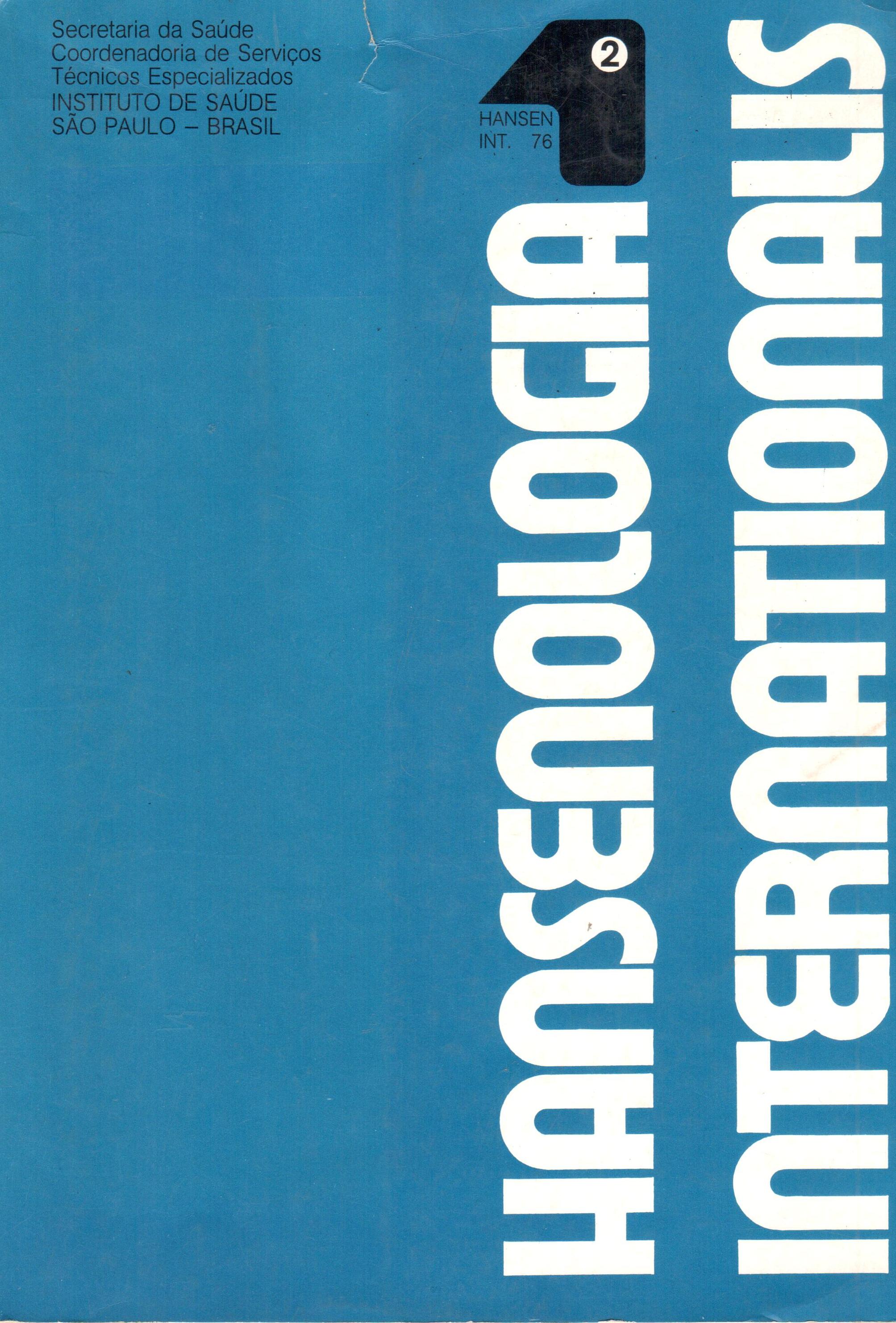Resumo
Five large specialized "asilo-colônias" were founded in the early thirties in São Paulo with two main objectives —asylum for the physically and/or socially handicapped "lepers", and compulsory isolation for infectious patients. The former degenerated by abuse and institutionalism; the second failed in its purpose of control, and kept the social atmosphere tense. With their resources jammed, these establishments were not able to offer a reasonable degree of comfort and medico-social assistance to their increasing number of Inmates. About 1/3 of the 5.000 hanseniasis patients have been transferred to dispensaries In 1967, and one of the "colonies" was converted into a psychiatric institution. Applications for asylum care are now carefully scrutinized by social workers, and prophylactic isolation is infrequent. Physical rehabilitation, intercurrent illness and scientific research are now the chief reasons for hospitalization, and facilities for such purposes are increasing. The establishments were renamed "Hospitals de Dermatologia Sanitária", after having been dissociated from the extinct "Leprosy Department" and integrated with other public health hospitals. They are frequented by medical students in their curricular activities, and are often the site of dermatological meetings and extracurricular courses. In one of the hospitals, an infirmary is receiving various dermatological cases. The image of the old dreadful "asilo-colônias" Is fading slowly but steadily.
Referências
2. ORGANIZAÇÃO PANAMERICANA DE SADDE. Seminário sobre el control de la lepra. Bol. Ofic Sanit. Panamer.,
46:469-471, 1959.
3. RABELLO, E. Segregação e isolamento na prophylaxia da lepra. Folha Med., 14:254-265, 1933.
4. REPORT of the panel on epidemiology and control. In INTERNATIONAL CONGRESS OF LEPROSY, 8., Rio de Janeiro, 1963 apud Int. J. Lepr. 31:486-494, 1963.
5. ROTBERG, A. Bases da moderns profilaxia da lepra. Plano recomendado para o Estado de São Paulo. Rev.
Bras. Leprol., 36:3-11, 1967. Rev. Med. Juiz Fora, 13:988-990, 1967. Boi. S.N.L., 26:87-98, 1967.
6. ROTBERG, A. Fundamentos da nova politics preventiva da hanseníase noEstado de São Paulo. Bol. S.N.L.,
28:544, 1969.
7. ROTBERG, A. Integração da hansenologia na Universidade e nos Serviços de Saúde Pública em São Paulo.
Rev. Bras. Leprol., 36:53-56, 1968/69. Bol. S.N.L., 23:19-22, 1970. Pub'. Cent. Est. Leprol., 10:31-34, 1970.
8. SAO PAULO (Estado) Secretaria de Estado da Salida. Internação de doentes de hanseníase. (Norma Técnica
88-6-70). Diário Ofic. Est. S. Paulo, 30-12, 1970. p.30.
9. TECHNICAL resolution on epidemiology and control. In INTERNATIONAL CONGRESS OF LEPROLOGY, 7.,
Tokyo, 1958 apud Int. J. Lepr., 26: 396-404, 1958.

Este trabalho está licenciado sob uma licença Creative Commons Attribution 4.0 International License.
